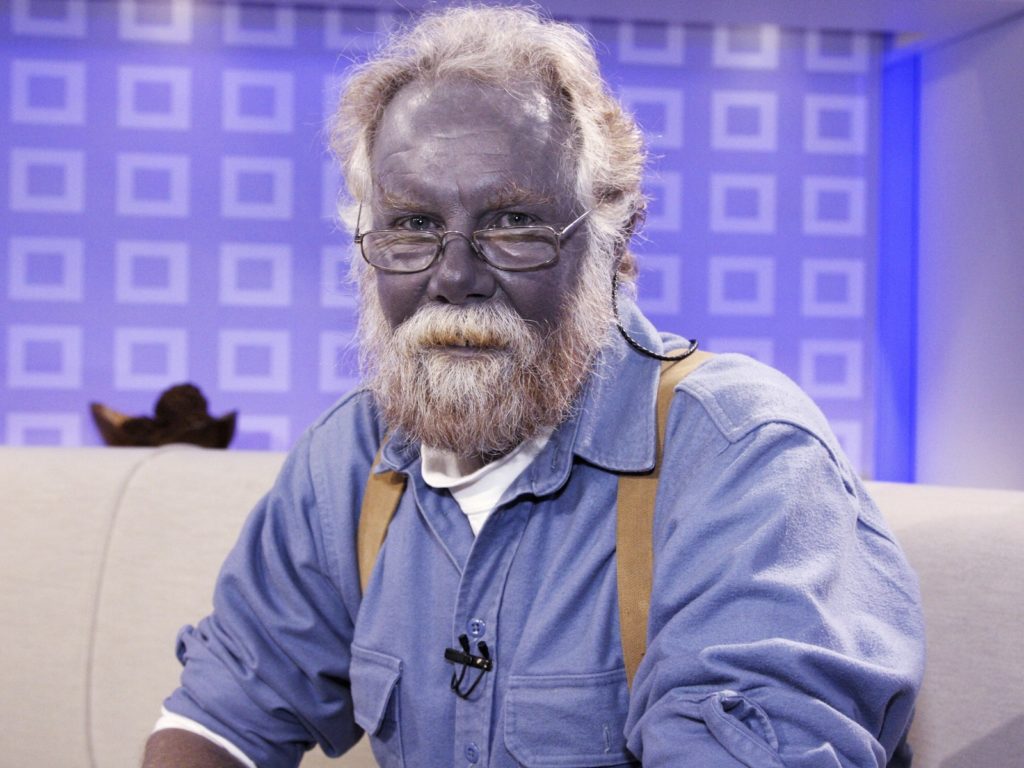List of 10 incurable diseases that medical professionals still have not found a cure for.
INCURABLE DISEASES – Here is a list of ten(10) incurable diseases that medical professionals still have not found a cure for.
Every day, researchers and medical professionals make amazing advancements toward finding effective treatments for numerous diseases. We’ve never been better off than we are now, and for much of the world, the days of dying from scurvy and simple bacterial infections are long gone.
While many ailments that would have killed us 100 years ago are no longer a threat, there’s still a long road ahead of us when it comes to curing other ailments.
Based to an article of Bright Side, there are still at least ten(10) incurable diseases. Here is a list of these health conditions:
1. Xeroderma

This genetic disease is also known as the vampire syndrome because a person who has it can’t be under the sunlight without severe consequences. The spots on the skin which were exposed to ultraviolet become inflammatory. This inflammation can lead to an oncology disease. Eyes are in danger, too.
If a person who has xeroderma needs to go outside during the daytime, he needs to take all possible precautions. For example, the boy David Middleton, who you can see on the photo, has to wear a special suit to school and spend two hours every day to out the protective cream.
2. Schizophrenia

Schizophrenia is a mental illness characterized by abnormal behavior, strange speech, and a decreased ability to understand the reality. Other symptoms may include false beliefs, unclear or confused thinking, hearing voices that do not exist, reduced social engagement and emotional expression, and lack of motivation.
3. Laughing Death (Kuru)

It is a rare, fatal, neurodegenerative disorder, which occurred almost exclusively in New Guinea aborigines of Fore tribe and was first discovered in the early 20th century. The disease is caused by abnormally folded prion proteins. The main symptoms include loss of coordination and tremors.
The disorder was described in 1957 by the Australian doctor Zigasom and American researcher Carleton Gajdusek.The word “Kuru” in the language of the Fore tribe has two meanings – “trembling” and “deterioration”.
One of the symptoms of kuru is tremors. Also, it got a name “laughing death” as some of the patients were noticed to have a strange smile. It does not have known cure. A person usually lasts just around one year.
4. Fish Odor Syndrome

This disease is also known as “Trimethylaminuria” and as you probably guessed, it leads to a person smelling like fish. The worst thing is that the person may not sense the smell but other people do. This causes a lot of psychological problems and communication difficulties.
Unfortunately, there are no effective treatment methods, but according to the results of some studies, a special diet together with activated carbon and сhlorophyllin can decrease the fish odor.
5. Foreign accent syndrome

Accents can reveal a lot of information about where someone is from. Nearly everyone has tried to speak with an accent foreign to their native region.
However, some people develop a condition that causes them to uncontrollably speak in a foreign accent even if they have never visited that area before. Often, several types of accents can be used at different times, or may even be blended together.
The reasons why this syndrome appears are unclear but it’s thought that it may appear due to a head trauma, stroke, or brain tumor. The person who has this syndrome can still speak their mother language, but their pronunciation changes so much that other people think that the person speaks with a foreign accent.
6. Alice in Wonderland Syndrome

Alice in Wonderland syndrome (AWS) is a rare condition that causes temporary episodes of distorted perception and disorientation. You may feel larger or smaller than you actually are. You may also find that the room you’re in or the surrounding furniture, seems to shift and feel further away or closer than it really is.
This syndrome can affect multiple senses, including vision, touch, and hearing. You may also lose a sense of time. Time may seem to pass faster or slower than you think.
7. Burning Mouth Syndrome

Burning mouth syndrome is the medical term for ongoing (chronic) or recurrent burning in the mouth without an obvious cause. This discomfort may affect the tongue, gums, lips, inside of your cheeks, roof of your mouth (palate) or widespread areas of your whole mouth.
Burning mouth syndrome usually appears suddenly but it can also develop gradually over time. Unfortunately, the specific cause often can’t be determined. Although that makes treatment more challenging, working closely with your health care team can help you reduce symptoms.
8. Aquagenic urticaria / “Water Allergy”

This condition is quite rare, and the cause isn’t well known. Some have speculated that the water itself isn’t the cause, but rather specific chemicals or impurities that are ubiquitous within water.
However, even purified water can trigger a reaction among some. The most common treatment is topical application of capsaicin, which is used to relieve pain.
9. Moebius Syndrome

Moebius syndrome is a rare neurological condition that primarily affects the muscles that control facial expression and eye movement. The signs and symptoms of this condition are present from birth.
Weakness or paralysis of the facial muscles is one of the most common features of Moebius syndrome. Affected individuals lack facial expressions; they cannot smile, frown, or raise their eyebrows. The muscle weakness also causes problems with feeding that become apparent in early infancy.
10. Argyria

Base on the article, this disease is caused by a build up silver sediment in the body. As a result, a person’s skin has a silverish or bluish color.
The development of argyria happens in situations when people use a lot of products which contain silver, and it is especially common among people who work with this metal.
The most well-known person with this disease was an American man named Paul Karason. His nickname is “Papa Smurf” because he looked very similar to the cartoon character. He turned blue after he had been taking colloidal silver for a long time trying to treat his dermatitis.
These diseases are still incurable. Some have alternative way of medication for their condition.
